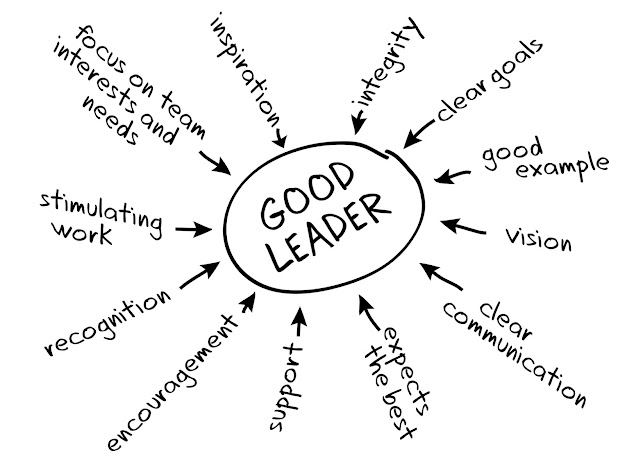Do you have the Characteristics of a Great Leader?
A good leader wants his people to be successful and provides them with the necessary tools to succeed. There is no question about that. However, A Great leader is not only wants his team to be successful and provides them with the necessary tools to succeed, he takes a genuine interest in their goals and he inspires and motivates them to strive for excellence. He leads by example and pushes you to achieve the unattainable. He sees your full potential and utilizes your talents to the fullest. What type of leader do you your employees to see you as? An even deeper thought is, do you care? If so, are you willing to change?
Great leaders are wise enough to know they too need continued education. What they can offer their team depends on what they know, so they feed themselves knowledge on a regular basis. They don’t stop growing. Great leaders become successful from helping others achieve their own success. Great leaders truly do exist.
“The best executive is the one who has sense enough to pick good men to do what he wants done, and self-restraint to keep from meddling with them while they do it.”– Theodore Roosevelt
Have your employees figured you out? If you’ve been in your leadership role for some time, it’s possible your employees have labelled your leadership style as one of the following:
1) The mentor
A leader who is experienced and trusted adviser. Is your leader an experienced and trusted adviser? If yes, then your leader or employer is a mentor to you.
2. Empathy
Extraordinary leaders praise in public and address problems in private, with a genuine concern. The best leaders guide employees through challenges, always on the lookout for solutions to foster the long-term success of the organization. Rather than making things personal when they encounter problems, or assigning blame to individuals, leaders look for constructive solutions and focus on moving forward.
3) The team builder
The concept of organizing groups of employees into manageable units for various purposes. Building teams is important for several reasons, including the culture teams create in the business. A positive business culture is essential to continued profitability and customer retention.
4. Accountability
Extraordinary leaders take responsibility for everyone's performance, including their own. They follow up on all outstanding issues, check in on employees, and monitor the effectiveness of company policies and procedures. When things are going well, they praise. When problems arise, they identify them quickly, seek solutions, and get things back on track.
5. Confidence
Not only are the best leaders confident, but their confidence is contagious. Employees are naturally drawn to them, seek their advice, and feel more confident as a result. When challenged, they don't give in too easily, because they know their ideas, opinions, and strategies are well-informed and the result of much hard work. But when proven wrong, they take responsibility and quickly act to improve the situations within their authority.
A leader must be someone that makes people enthusiastic about doing something.
7)Approachable
Not all human beings are the same. A basic concept, but something that is often overlooked. You have cultural perspectives, language barriers, different educational backgrounds, personality traits and varying value systems with which individuals come pre-conditioned that greatly affects how information is processed and interpreted. Some people work well under pressure, others don’t. Some respond best to tough love, others take it personally and shut down. In order to optimize your effectiveness as a leader, you must have the ability to customize your approach on a person by person basis, based on the situation at hand. Your capacity to execute this concept will play a huge role in your ability to get the best work out of your team and other partners along the journey.
In Conclusion, The key to being an effective and long-lasting leader is being able to lead in a variety of situations and with a variety of different people.




Comments
Post a Comment